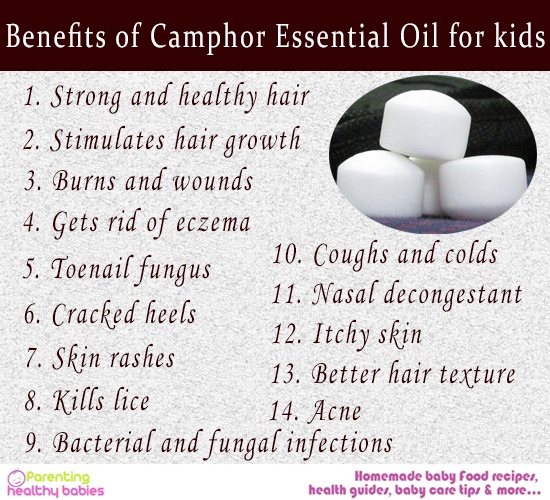Baby led weaning is quite simply letting your baby feed himself. As per a study, BLW encourages babies to choose healthier foods which also protects them against obesity in childhood. Most babies reach for food at around six months, which is the same time when the mothers are encouraged to wean, as per the research. By this time, the child is developmentally capable of feeding themselves proper food. In this article, we will be discussing about some useful tips as well as the do’s and don’ts of the same:
Read More: Beet and Carrot Soup Homemade Baby Food Recipe
A Guide for Baby Led Weaning
Tips for Successful Baby-Led Weaning
Begin With Soft First Foods
There are a number of good options to begin with for instance ripe fruits, flaky fish, cooked egg yolks, puffed cereals, shredded meats, cooked pastas and vegetables.
Wait Until the Baby is Ready
You do not have to rush into the process. It is always best to wait until you feel your baby is ready. He/she should be able to sit in a high chair unassisted, move food to the back of her mouth with up and down jaw movements and must have good neck strength.
Do not Stop Breastfeeding and Formula
The baby’s biggest source of nutrition will continue to be breast milk or formula until your baby turns 10-12 months old. Do not discontinue with either of these.
Prep Those Foods for Easy Grasping
Make sure to cut into long, thin strips or with a crinkle cutter as this make it a lot easier for your baby to manage.
Read More: Barley Water Recipe – Weaning food for your Infant
Get Ready for the Mess
The basic aim of baby-led weaning is to let your little one explore food at his/her own pace. Yes, you guessed it right! This will also involve a lot of smashing, smearing, dropping and actually everything that you could or couldn’t expect. For this, you can just place a garbage bag or a plastic tablecloth under the high chair for easy clean up.
Dine Together
You can allow your child to eat at the table during family hours. In addition to this, you can also give your baby some of the ingredients that are a part of your dish.
Read More: A Guide on How to Burp A Baby
Nutritional Intake
In this, you must also ensure that the food added to your child’s diet is rich in iron, zinc, potassium. Also ensure that there are high calorie foods as well as healthy fats on the tray.
Things Not to Do for Baby Led Weaning
Not Choosing the Correct Time for Meals
Do not choose a bad time for the meals as your baby is unlikely to cooperate if he/she is tired or upset.
Overload on New Foods
It’s always good to keep on adding healthy and nutritious food to your baby’s diet but it does not mean that you have to overload on new foods. make sure you introduce new foods every four days. This will allow you to pinpoint the allergic reactions (if any).
Read More: 11 Must Know Food That Cause Gas In Babies
Enter Panic Mode
No doubt some babies are adept at managing finger foods. but at the same time, gagging is common too in the early days of eating. It is just a safe reflex to get rid of food that may be a little challenging.
Rush Your Baby
Plan meals for a minimum of 10-15 minutes.
Safety
It is advisable that you stay away from choking hazards like raisins, hot dogs, popcorn, raw vegetables, sticky nut butters and grapes.
Ignore the Baby’s Reactions
If your little one has begun to toss the food all over around, he/she has had enough.
Sharp Utensils or Hot Foods
Get your little one a kid-handling fork and spoon. Make sure to avoid toothpicks or other skewers. Also, check the temperature before serving. The meals should be a little warm or cool.
Get Overly Heated
It is a normal, natural and an expected part of one’s life, indeed a day! Do not begin to pressurize, praise or scold your child on the same.
Are There Any Reasons Why i Shouldn’t Try BLW?
In case any of the listed below applies to you, talk to your healthcare provider before you begin with BLW:
- Your baby was born prematurely.
- A family history of allergies, digestive problems or food intolerance.
- Your baby has difficulty picking up food and moving the same to his mouth or he/she has special needs.
Conclusion
We all know most of the food is going to end up being on the walls or on the floor, but that’s just the beginning, right? And after all, it’s just you and your child. just remember that your baby would eat whatever he/she likes. So, at times, you may also have to introduce some food ample number of times for them to like and eat it. Happy eating!
References
https://www.ncbi.nlm.nih.gov/pmc/articles/PMC5934812/
https://www.ncbi.nlm.nih.gov/pmc/articles/PMC5438437/













